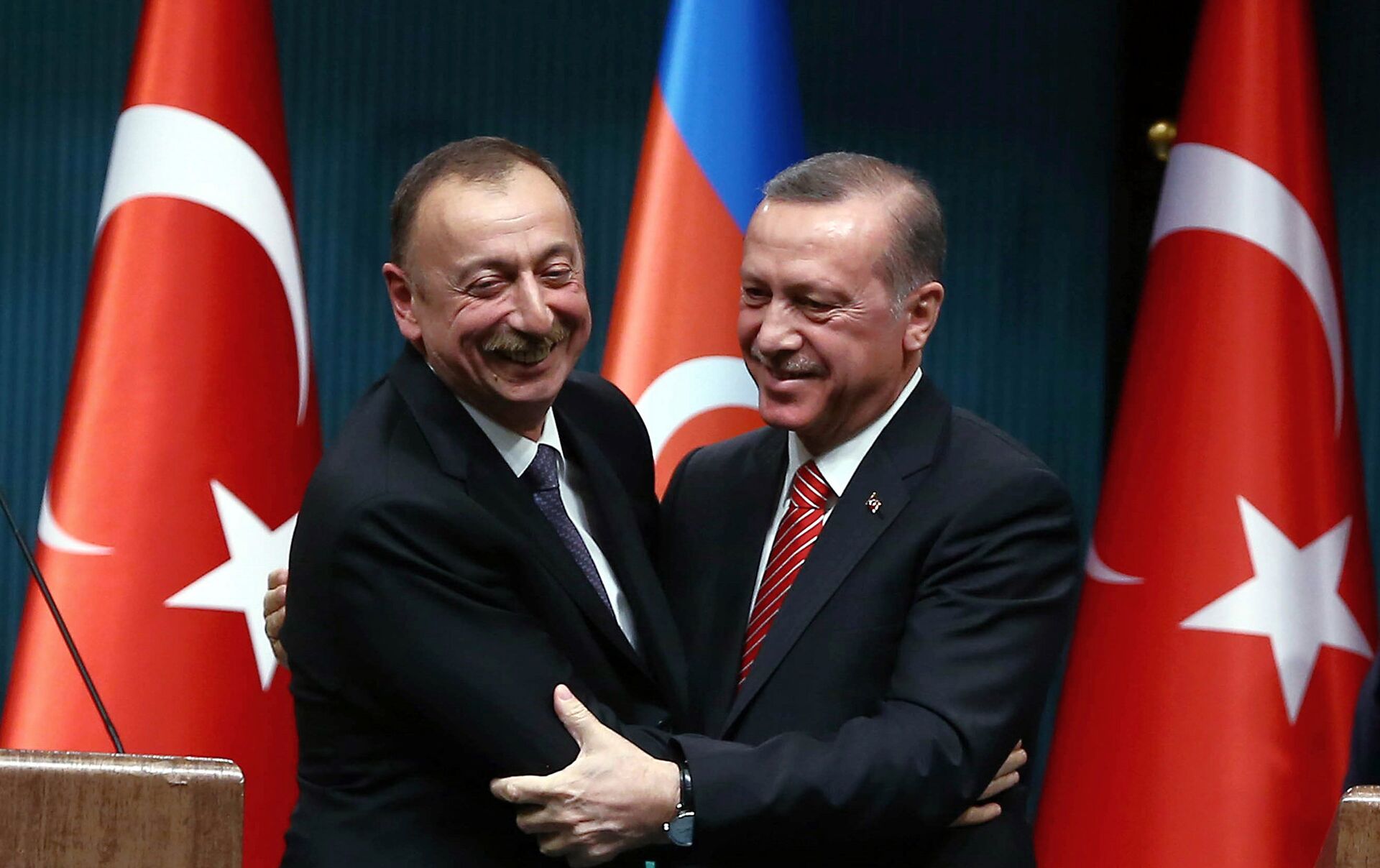Will the carcinogenic plant in Vladikavkaz finally be closed down?
New and frightening facts have been revealed during an investigation concerning the Electrozink plant in Vladikavkaz.
For many years, only a small group of environmentalists and activists have protested the plant’s activities in North Ossetia. Now, however, the protest has become widespread and is joined by members of both the local parliament as well as local authorities.
All 58 deputies of the parliament of North Ossetia have voted in favour of the plant ceasing its operations.
However, the owners of the plant, a Russian corporation called the Ural Mining and Metallurgical Company, does not intend to go down without a fight.
• North Ossetia metallurgical plant fire
•Cheaper utilities for the socially vulnerable in Armenia
Environmental violations similar to crimes
The North Ossetian prosecutor’s office sent an official letter to the Russian Federation’s Duma in which it reported shocking facts.
“The enterprise’s activities were carried out in excess of the established permissible emission standards for lead by 2.2 times, zinc by 2.7 times and calcium oxide by 2.2 times,” the letter says.
It turns out:
• The plant has not told anyone about 11 emergency stops which occurred at the sulfuric acid section in the past few years. Each stop was accompanied by excessive emissions of toxic substances.
• The hazardous toxic waste of zinc production was simply buried in a landfill without even a license.
• The surface of the landfill was not protected from erosion by rain, snow or wind.
• Carcinogenic industrial wastewater, without any treatment, was dumped in a local stream.
• There is no record of any sanitary or hygienic control being implemented in the production of carcinogenic substances at all.
What is Elektrozink?
Electrozink is one of Russia’s leading enterprises in non-ferrous metallurgy. It is part of the Ural Mining and Metallurgical Company and is the largest enterprise in North Ossetia. Before the fire which broke out on 21 October, 1,806 people worked at the plant and received a decent salary – an average of 41,155 rubles [slightly more than $600].
Since the fire, the plant has been stopped and all the workers have been left without work.
Elektrozink produced zinc, cadmium, sulfuric acid and alloys on a large scale. In 2017 around 73 thousand tonnes of zinc, 123 thousand tonnes of sulfuric acid and 307 tonnes of cadmium were produced. All of these chemicals are known for their toxicity.
The plant is located in a residential area of Vladikavkaz, on an impressive land plot of 70.2 hectares.
The main problem is the worn-out equipment of the sulfuric acid section of the plant which was built in the early 1980s. During construction, the service life of the section was determined to be 20 years. Almost 40 years have passed, but neither the equipment nor technological processes have been updated.
What happened on 21 October
A fire broke out at the plant at three o’clock in the morning on 21 October. The fire raged for 12 hours before it was extinguished.
People left Vladikavkaz in a panic, causing a large traffic jam on the outskirts of the city.
“I did not leave the city, I thought I would just sit right at home – nothing would happen. Then in the afternoon I went out into the street as I had to buy flowers for my mother for her birthday. I saw this terrible cloud over the city, and rushed back home to put on a medical mask,” recalls Sabina Gatagova, a resident of the city.
Alana Gabueva says: “My husband and I were scared for the children and took them to the mountains far away from this disaster. But the next day I had to return because I had to go to work.”
A protest uniting the authorities and the public
A large protest was held in Vladikavkaz the day after the fire on 22 October. Hundreds of people gathered in front of the North Ossetian government building and shouted “Come out!” to Vyacheslav Bitarov, the head of the republic.
He eventually came out to the people and said:
“I give you my word that I will speak with the President of the Russian Federation and raise the issue of closing down the Electrozink plant.”
Many local politicians, including Dzambolat Tedeyev, the chairman of the parliament of North Ossetia, and senator Arsen Fadzayev, as well as the head of Vladikavkaz, Maharbek Hadartsev, demanded that the plant cease its operations.
Since then, the protests have moved to social media.
Professor Tamerlan Kambolov has posted a petition on change.org addressed to Russian President Vladimir Putin. By the time this article was published, almost 26,500 signatures had been gathered. The goal of the petition is to get at least 35,000.
“We need to sound the alarm throughout the Caucasus — toxic clouds know no boundaries,” one of the signatories wrote in a comment on the petition website.
Ossetian lawyer Ruslan Kaloev sent requests to the UN and to Greenpeace. He listed in detail the environmental problems in North Ossetia that have allegedly been caused by Electrozink.
He also appealed to the investigative committee of Russia with a demand to open a criminal case against Iskander Makhmudov, General Director of Electrozink, and Igor Khodyko, Director of the Electrozink Plant. Kaloev also demands that the leadership of the Ural Mining and Metallurgical Company be held criminally accountable.
“Igor Khodyko deliberately, consistently and in cold blood … causes irreparable, irreversible damage to our health,” the lawyer says.
In his address, Kaloyev refers to investigative results which indicate that the maximum permissible concentrations of heavy metals can be found in the soil of Vladikavkaz. He also appeals to the Constitution of Russia, according to which every resident of the country has the right to a healthy environment.
Artist Vadim Cheldiev, meanwhile, is leading a campaign against Electrozink on his Facebook page.


















